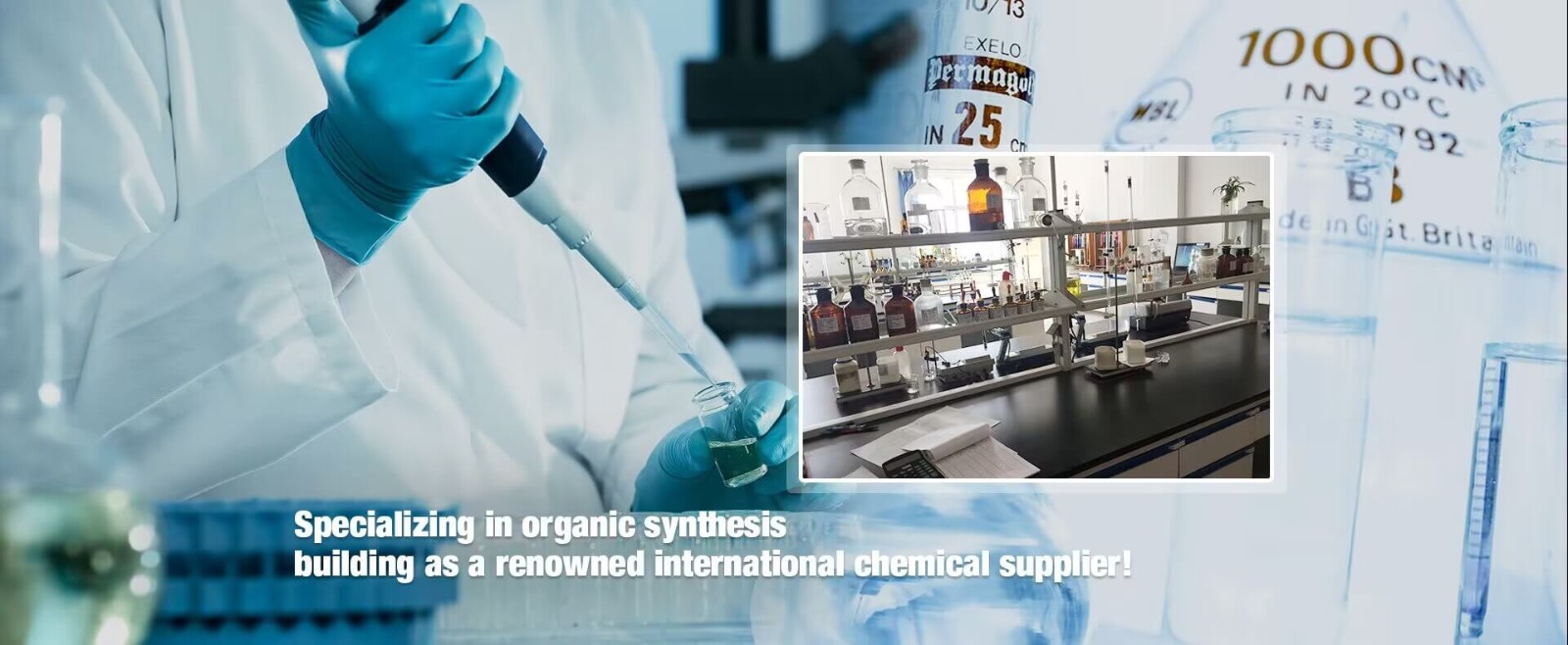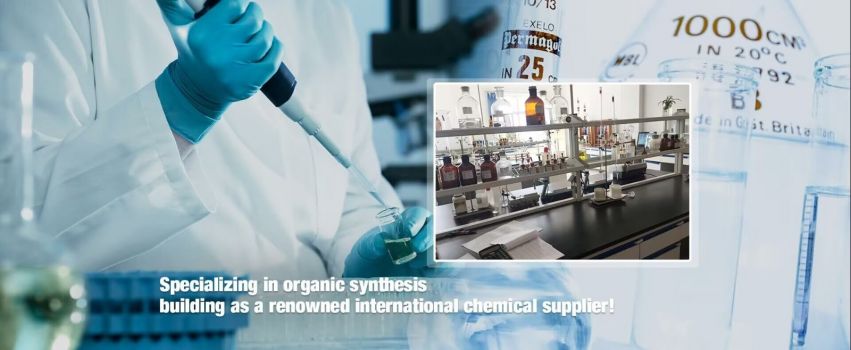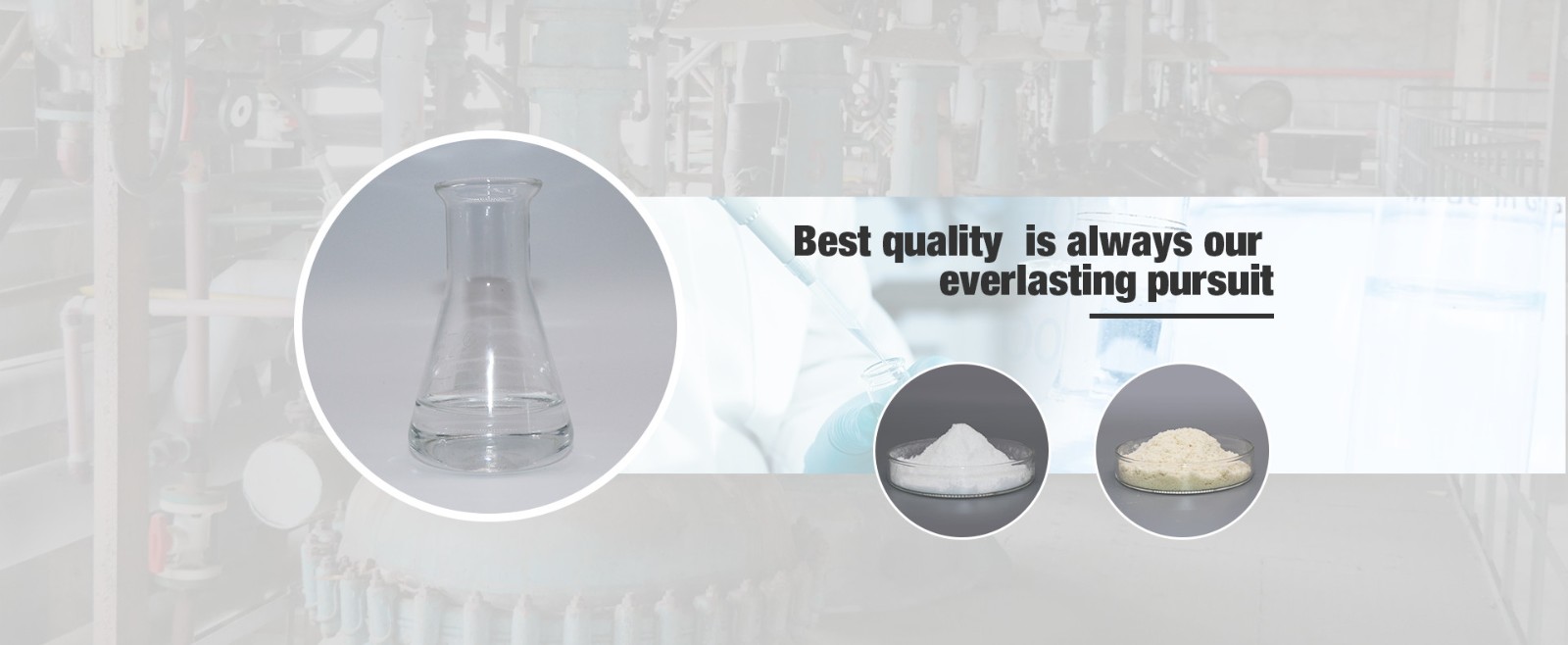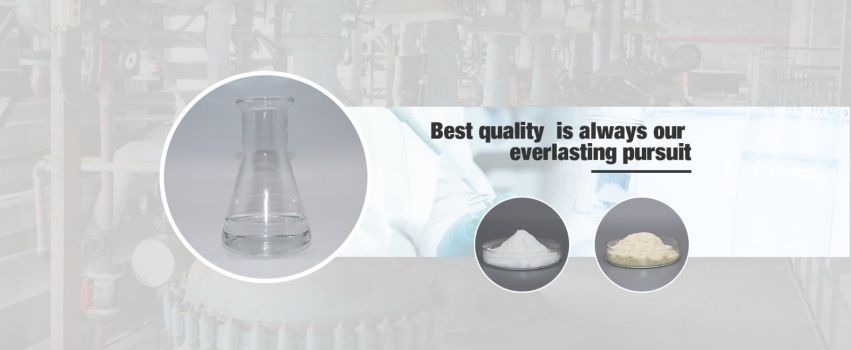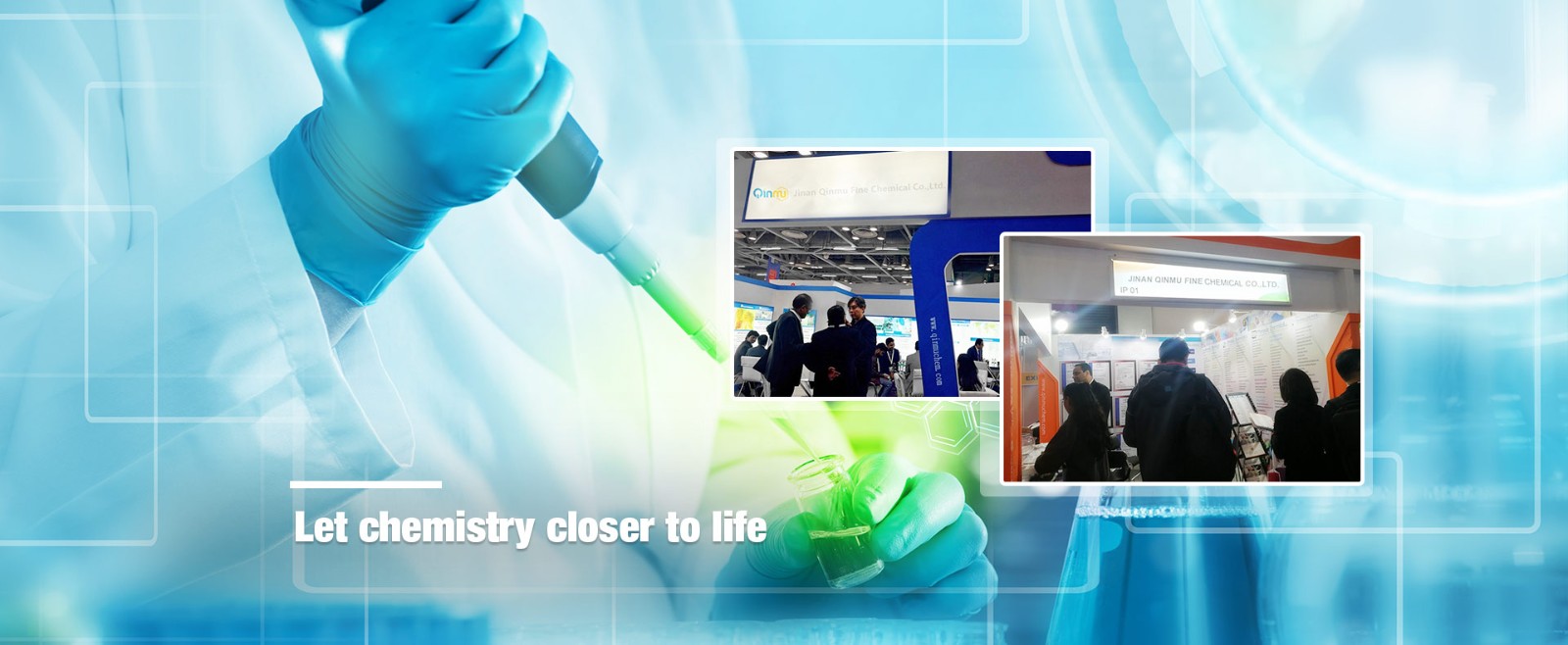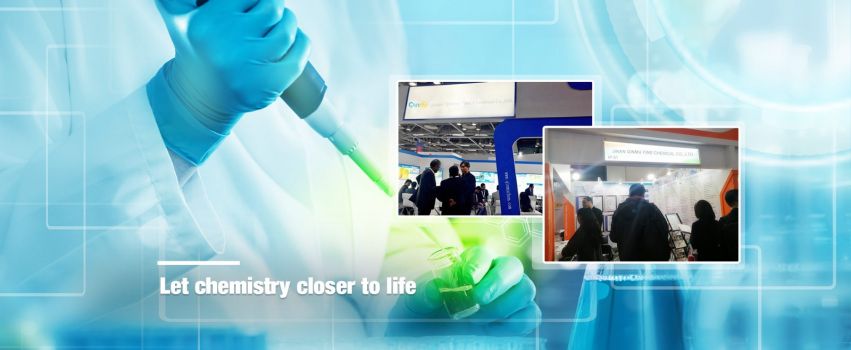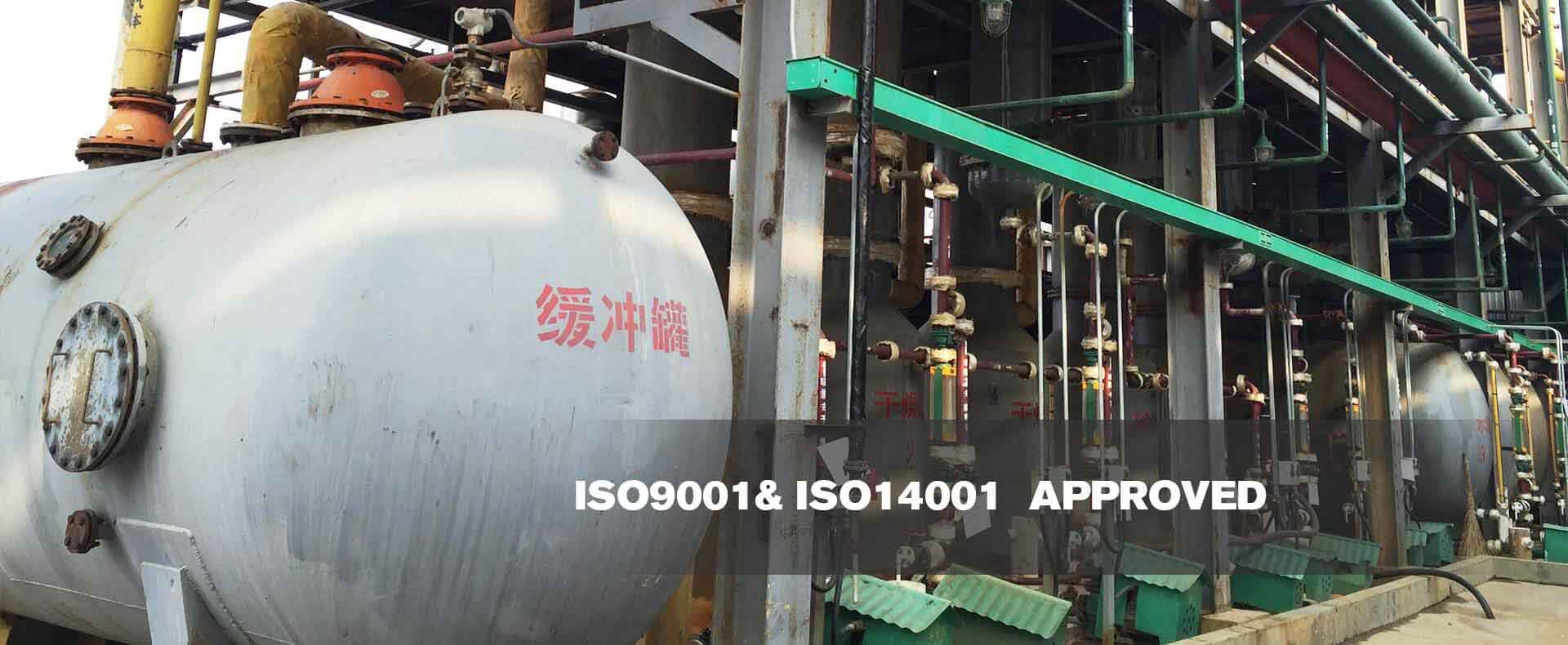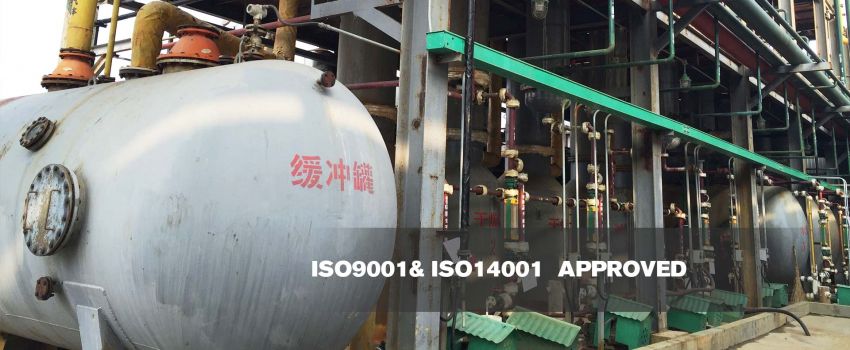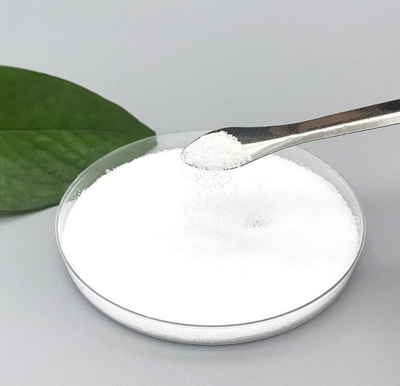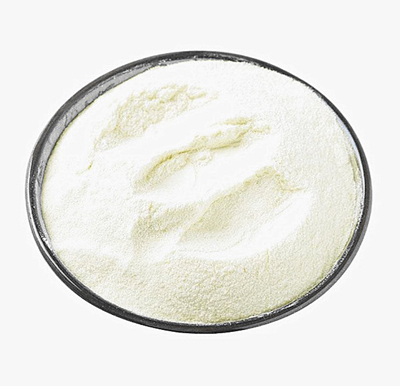Are Anionic Surfactants Harmful?
Jun. 06, 2022
The label will always refer to both nonionic and anionic surfactants, except for the fact that it doesn't actually tell you any precautions. Even to me, this means very little.
What are anionic or nonionic surfactants?
The purpose of this article is to demystify all of this and explain exactly what these labels refer to.
What is a surfactant?
Removing oil stains with water can be difficult, so manufacturers add surfactants to their cleaning products. Surfactants are essentially cleaning agents. Soap is an example, although these days manufacturers tend to use synthetic detergents.
They are actually very smart chemicals that have two opposite ends. One end of the chemical is soluble in water and the other end is soluble in fat. Thus, the surfactant helps mix the oil and water (often on top of each other). When you place a liquid on top of oil, it creates a lot of surface tension. By mixing the two, the surfactant can reduce this surface tension and help wash away both oil and water-based stains.
The chemistry of surfactants is complex, and most cleaning products use a carefully selected blend of surfactants (for example, fabric softeners require different surfactants to wash hands). Surfactants are classified by the "chemical charge" of their water-soluble ends.
Dodecylbenzene Sodium Sulfonate CAS No.: 25155-30-0
1. Ionic (charged surfactants)
Ionic surfactants are surfactants with an electrical charge.
There are three types of ionic surfactants.
Anionic (negatively charged)
Cationic (positively charged)
Amphoteric (contains both positive and negative charges)
Anionic surfactants are commonly found in laundry detergents, hand soaps, kitchen cleaners, and body washes. They are the most widely used and versatile surfactants. They are most effective in removing oily residues. However, as the most effective surfactants, they can also cause skin irritation.
Anionic surfactants are the most popular and widely used surfactants and can be found in virtually all cleaning products. It is estimated that 45% of the $46 billion global surfactant market is made from anionic surfactants alone. The most popular anionic surfactants are.
Sodium lauryl sulfate (SLS)
Sodium laureth sulfate (SLES)
Ammonium lauryl sulfate (ALS)
Ammonium laureth sulfate (ALES)
Sodium stearate
Potassium cocoate
Anionic surfactants can be produced from a range of raw fats and oils, including soy, palm, tallow and coconut. This has led to the development of milder anionic surfactants, such as "potassium cocoate", which can reduce skin irritation and palm oil consumption while improving ecological sustainability (albeit at a higher price).
Anionic Surfactants
The other two ionic surfactants are used much less frequently.
Cationic surfactants are commonly found in fabric softeners and disinfectants. They are less common in household products, but cationic surfactants are more effective at killing microorganisms and are therefore used as disinfectants.
Amphoteric surfactants are most commonly found in shampoos and body washes. These are the least potent surfactants and can be found in personal care products designed for sensitive skin. They are also good foaming agents and are therefore used in hand soaps.
What are Nonionic Surfactants?
Nonionic surfactants are a type of surface-active agents that have no net electrical charge in their formulations. That means the molecule does not undergo any ionization when we dissolve it in water. Furthermore, they have covalently bonded oxygen-containing hydrophilic groups. These hydrophilic groups bind with hydrophobic parent structures when the surfactant is added to a sample. The oxygen atoms in these compounds can cause the hydrogen bonding of the surfactant molecules.
If anionic is the most popular surfactant, nonionic is a close second, widely used in a range of cleaning, personal care, and disinfectant products as well as industrial processes. The most common anionic surfactants are:
Cocamide monoethanolamine (Cocamide MEA)
Cocamide diethanolamine (Cocamide DEA)
Fatty alcohol ethoxylates
Amine oxides
Sulfoxides
Nonionic surfactants are sold in greater quantities in areas with hard water (high mineral content) because they are less likely to form soap scum. Nonionic surfactants are less likely to cause skin irritation, but this is associated with weaker cleansing power.
Most cleansing products mix anionic and nonionic surfactants to balance the cleansing potential with the risk of skin irritation.
Summary
Surfactants are used to clean products to reduce surface tension and help wash away grease. There are four major categories of surfactants, ionic (anionic, cationic, and amphoteric) and nonionic. Anionics are the most widely used and effective, but they are associated with skin irritation. Nonionic is also found in many household products and their main advantage is that they do not form "soap scum" in hard water.
-
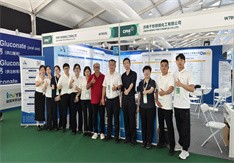
Qinmu's CPHI China 2025 Exhibition Ends Perfect
Jul. 01, 2025
-

CPHI & PMEC China (Shanghai) 2025 --- we are coming!
Mar. 14, 2025







